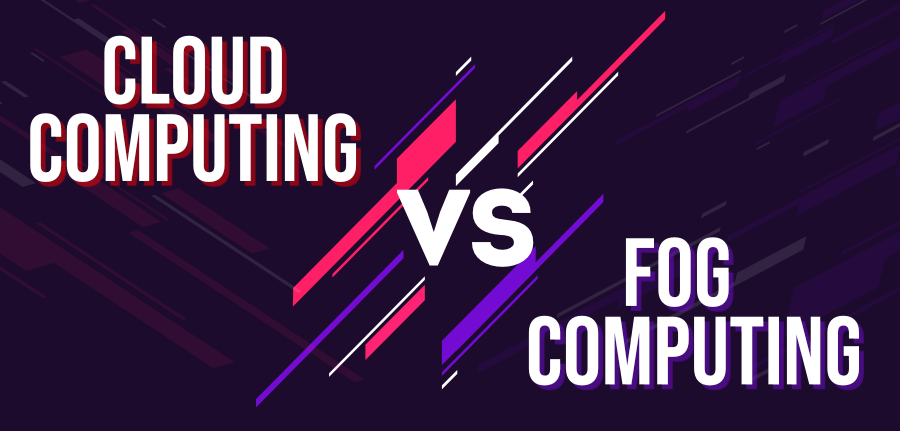Difference Between Cloud Computing and Fog Computing
Last Updated :
06 May, 2020
Cloud Computing: The delivery of on-demand computing services is known as cloud computing. We can use applications to storage and processing power over the internet. It is a pay as you go service. Without owning any computing infrastructure or any data centers, anyone can rent access to anything from applications to storage from a cloud service provider.
We can avoid the complexity of owning and maintaining infrastructure by using cloud computing services and pay for what we use.
In turn, cloud computing services providers can benefit from significant economies of scale by delivering the same services to a wide range of customers.
Fog Computing: Fog computing is a decentralized computing infrastructure or process in which computing resources are located between the data source and the cloud or any other data center. Fog computing is a paradigm that provides services to user requests at the edge networks. The devices at the fog layer usually perform operations related to networking such as routers, gateways, bridges, and hubs. Researchers envision these devices to be capable of performing both computational and networking operations, simultaneously. Although these devices are resource-constrained compared to the cloud servers, the geological spread and the decentralized nature help in offering reliable services with coverage over a wide area. Fog computing is the physical location of the devices, which are much closer to the users than the cloud servers.

Below is a table of differences between Cloud Computing and Fog Computing:
| Feature |
Cloud Computing |
Fog Computing |
| Latency |
Cloud computing has high latency compared to fog computing |
Fog computing has low latency |
| Capacity |
Cloud Computing does not provide any reduction in data while sending or transforming data |
Fog Computing reduces the amount of data sent to cloud computing. |
| Responsiveness |
Response time of the system is low. |
Response time of the system is high. |
| Security |
Cloud computing has less security compared to Fog Computing |
Fog computing has high Security. |
| Speed |
Access speed is high depending on the VM connectivity. |
High even more compared to Cloud Computing. |
| Data Integration |
Multiple data sources can be integrated. |
Multiple Data sources and devices can be integrated. |
| Mobility |
In cloud computing mobility is Limited. |
Mobility is supported in fog computing. |
| Location Awareness |
Partially Supported in Cloud computing. |
Supported in fog computing. |
| Number of Server Nodes |
Cloud computing has Few number of server nodes. |
Fog computing has Large number of server nodes. |
| Geographical Distribution |
It is centralized. |
It is decentralized and distributed. |
| Location of service |
Services provided within the internet. |
Services provided at the edge of the local network. |
| Working environment |
Specific data center building with air conditioning systems |
Outdoor (streets,base stations, etc.) or indoor (houses, cafes, etc.) |
| Communication mode |
IP network |
Wireless communication: WLAN, WiFi, 3G, 4G, ZigBee, etc. or wired communication (part of the IP networks) |
| Dependence on the quality of core network |
Requires strong network core. |
Can also work in Weak network core. |
Share your thoughts in the comments
Please Login to comment...